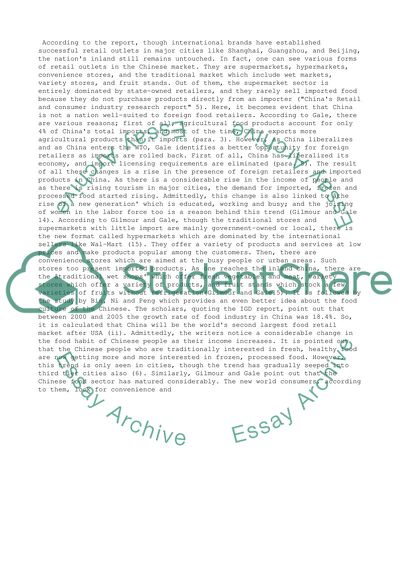Cite this document
(“Chinese Food Retailers: Literature Review Dissertation”, n.d.)
Chinese Food Retailers: Literature Review Dissertation. Retrieved from https://studentshare.org/business/1399879-chinese-food-retailers
Chinese Food Retailers: Literature Review Dissertation. Retrieved from https://studentshare.org/business/1399879-chinese-food-retailers
(Chinese Food Retailers: Literature Review Dissertation)
Chinese Food Retailers: Literature Review Dissertation. https://studentshare.org/business/1399879-chinese-food-retailers.
Chinese Food Retailers: Literature Review Dissertation. https://studentshare.org/business/1399879-chinese-food-retailers.
“Chinese Food Retailers: Literature Review Dissertation”, n.d. https://studentshare.org/business/1399879-chinese-food-retailers.


